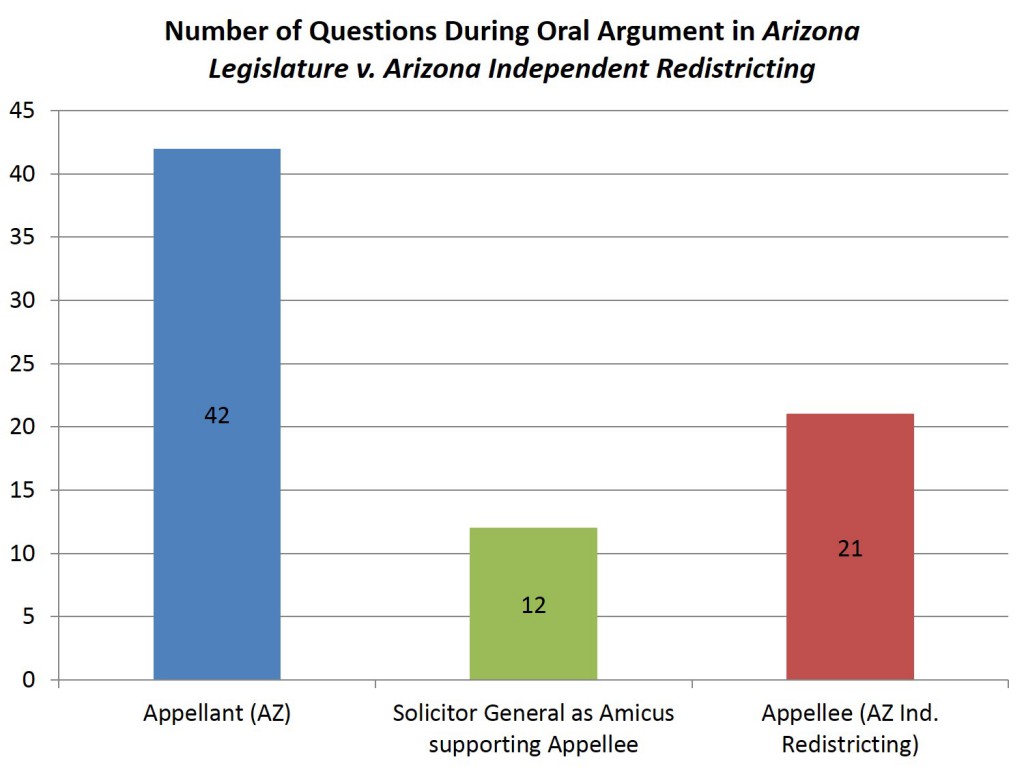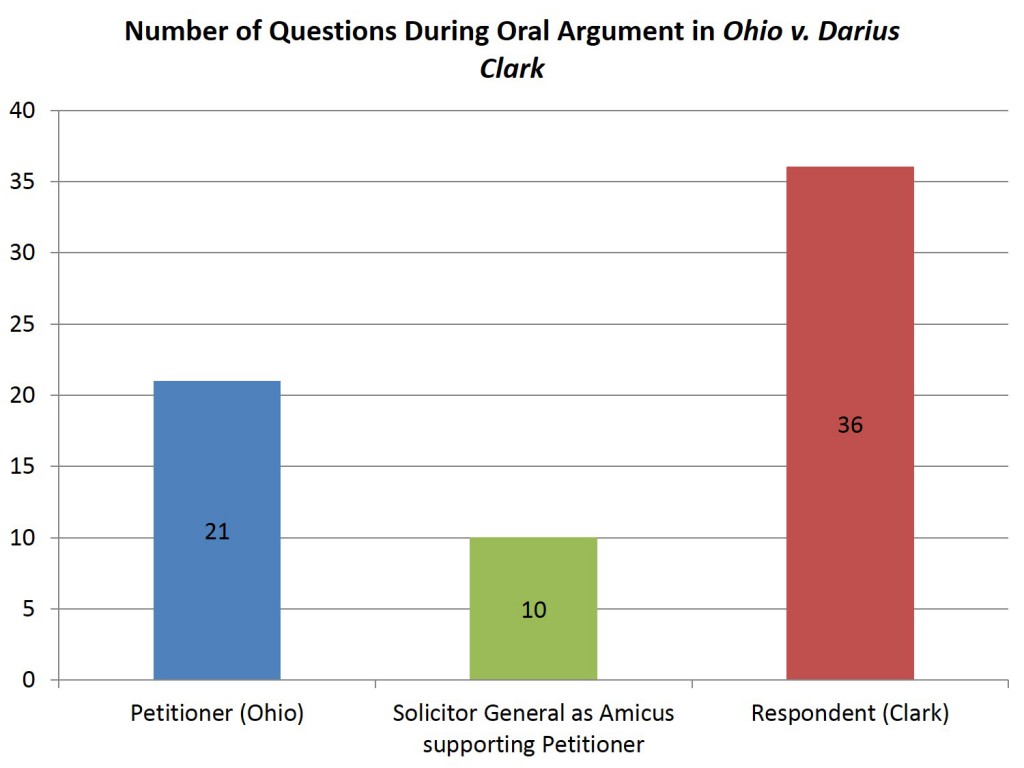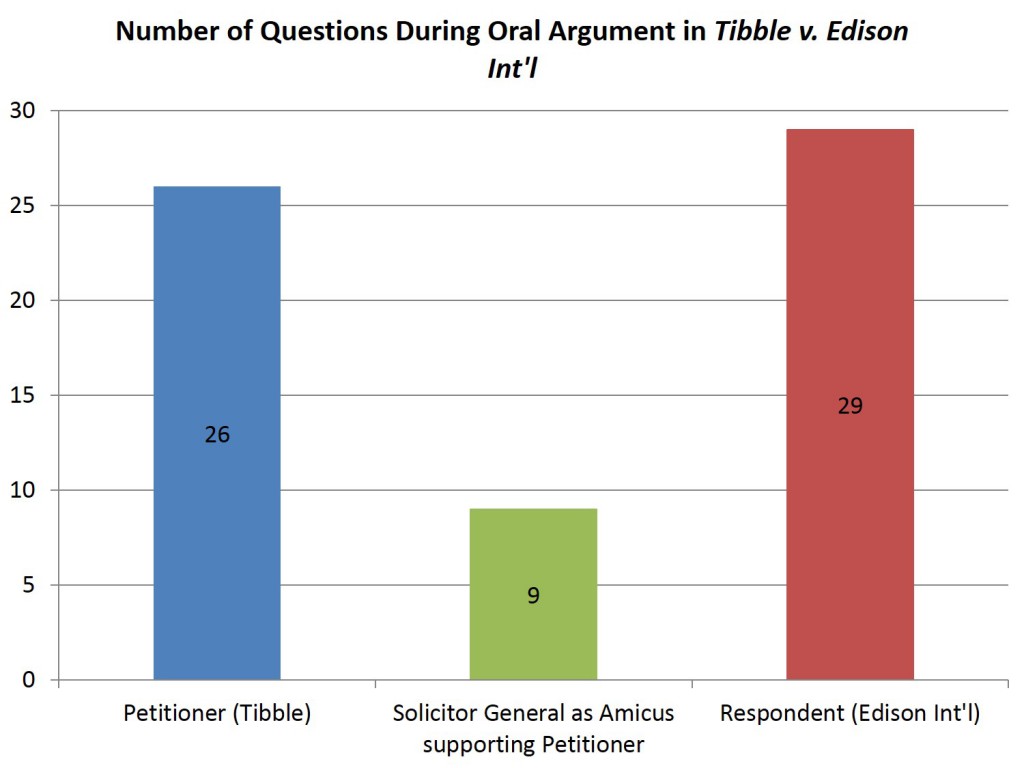The Supreme Court heard two oral arguments on Tuesday. I’m predicting the winners based on the method of counting the number of questions. After 18 decisions handed down, my predictions have been correct 66.7% of the time, which means I have fallen off after going 100% correct in the first 6 decisions.
The first case, City of Los Angeles v. Patel, asks (1) whether facial challenges to ordinances and statutes are permitted under the Fourth Amendment; and (2) whether a hotel has an expectation of privacy under the Fourth Amendment in a hotel guest registry where the guest-supplied information is mandated by law and an ordinance authorizes the police to inspect the registry, and if so, whether the ordinance is facially unconstitutional under the Fourth Amendment unless it expressly provides for pre-compliance judicial review before the police can inspect the registry.
The Court was extremely hot in questioning the advocates in the first case. By my count, the Court asked a total of 134 questions–which I believe is a record for this Term.
Figure 1.
As Figure 1 indicates, the total question count favors the Petitioner (City of Los Angeles), whose side (along with the SG as amicus supporting it) received 59 questions, 16 fewer than the Respondent (Patel).
The question count by individual Justice is not as clear this time around, given that Justice Breyer apparently asked no questions (or was recused or absent–I cannot tell). The conservative Justices appeared to favor the Petitioner, asking more questions to the Respondent: Chief Justice Roberts (+14), and Justices Scalia (+3), Kennedy (+1), Alito (+16). Justice Kennedy’s differential was only 1 question, though. Curiously, Justice Ginsburg also asked the Respondent more questions (+6). Two liberal Justices asked the Petitioner more questions: Justices Sotomayor (+16) and Kagan (+8).
Based on these numbers, it looks like an ideological split. I will predict a victory for the Petitioner (City of Los Angeles).
The second case, Davis v. Ayala, asks whether a state court’s rejection of a claim of federal constitutional error on the ground that any error, if one occurred, was harmless beyond a reasonable doubt is an “adjudicat[ion] on the merits” within the meaning of 28 U.S.C. § 2254(d), so that a federal court may set aside the resulting final state conviction only if the defendant can satisfy the restrictive standards imposed by that provision; and (2) whether the court of appeals properly applied the standard articulated in Brecht v. Abrahamson.
After the first case, the Court may have been tired in asking questions. Justice Ginsburg, along with Justice Thomas, asked no questions. Justice Breyer asked no questions as well, but he may not have been at the oral argument (since he asked no questions in the first case). The Court asked a total of 72 questions, which is nearly half the amount it asked in the first case (and even 3 questions fewer than it asked the Respondent alone in that case!).
Figure 2.
As Figure 2 indicates, the total question count favors the Respondent (Ayala). The Court asked the Petitioner 43 questions, 14 more than it asked the Respondent. The question count by Justice is less interesting because only 6 Justices asked questions. Four Justices (Scalia, Alito, Sotomayor, and Kagan) asked the Petitioner more questions. Two Justices (Roberts and Kennedy) asked the Respondent more questions. Based on these numbers, I will go with a victory for the Respondent (Ayala).






